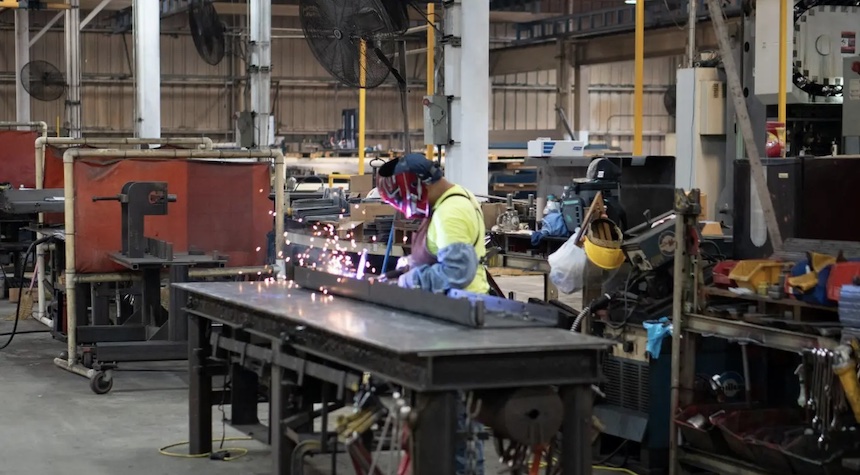According to a study, the recent proposal by the Biden administration to tighten restrictions regarding fine particulate material known as PM2.5 could threaten an economic activity of nearly $200 billion.
According to a study conducted by Oxford Economics on behalf of the National Association of Manufacturers, the proposed air quality regulations announced by the Environmental Protection Agency in January would put between $162.4 billion and $ 197.4 billion of economic activity at risk. This includes 852100 to 973900 jobs.
In a press release, NAM President and Chief Executive Officer Jay Timmons stated that improving air quality is a priority for U.S. manufacturers. We’ve been working for years to deliver some of the cleanest manufacturing processes around the globe.
He continued, “This analysis shows that these new regulations will undermine our ability to continue investing in technology and processes which would reduce emissions while jeopardizing highly-paid manufacturing jobs.” “We must let manufacturers do what is best for them: innovate, deploy modern technology to protect the environment and strengthen the economy while creating jobs.”
Oxford Economics concluded in its study that EPA regulations will limit future investments and expansion within the manufacturing industry. The study concluded that the data indicated that $138,4 billion would be lost in output, and 501,000 jobs through 2027.
The EPA rules would result in total exposure to the economy of $87,4 billion. This is equal to 2,4% of gross value added for the manufacturing sector. This exposure is associated with more than 311,000 jobs.
The study states that “Air quality standards are more stringent in areas where they apply, and this will have an effect on the manufacturers who operate within these areas.” There are a variety of implications, depending on how much pressure is applied and what the manufacturer’s operations are. The first is that manufacturers must continue to invest in new technology to reduce or eliminate emissions from their operations.
It continued: “In some cases, it may not be technically, practically or economically feasible, which means that companies will have to downsize or relocate their operations or close them down to meet the tighter emissions standards.” Any downsizing, relocation, or shutdown of a manufacturer’s operations will have implications for future investment, workers, the communities in which they operate, and suppliers and customers who rely on them.
The EPA published proposed air quality standards on Jan. 6. These standards aim to reduce fine particles or soot in order to protect Americans against health effects such as asthma attacks, heart attacks, and premature deaths. Oxford Economics found that the air quality regulations would have a major impact on industrial and manufacturing activities, and could force companies to move their operations offshore and import more goods.
The regulation would reduce the annual PM2.5 level from 12 micrograms to between 9 and 10. The agency also said that it would take feedback about a reduction of 8 micrograms to cubic meters.
Michael Regan, EPA Administrator, said that the rules will help protect communities from harmful pollution. NAM’s Timmons said, however, that at the time, the EPA proposal was “the wrong approach”.
The EPA refused to comment on the projected economic impacts.


